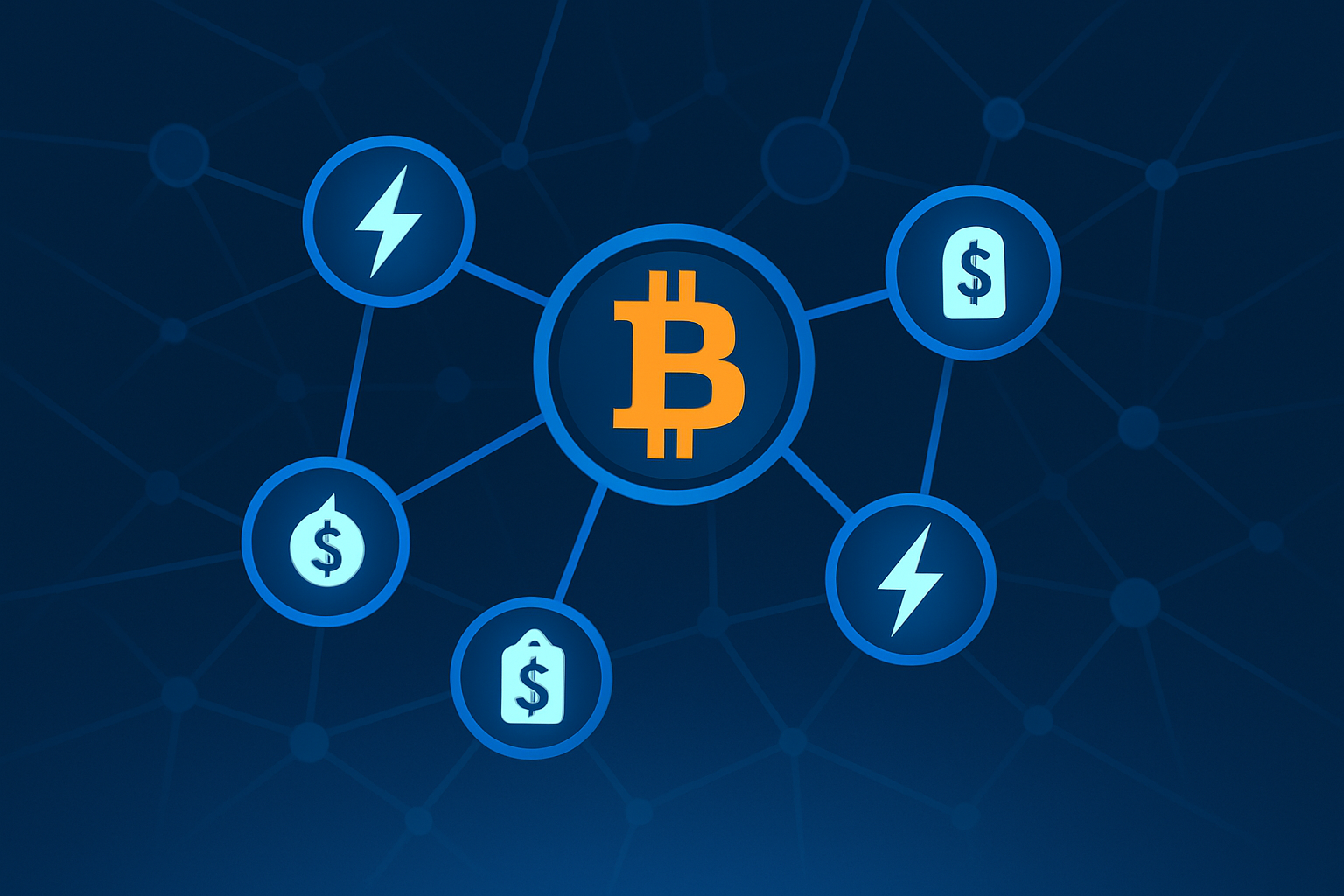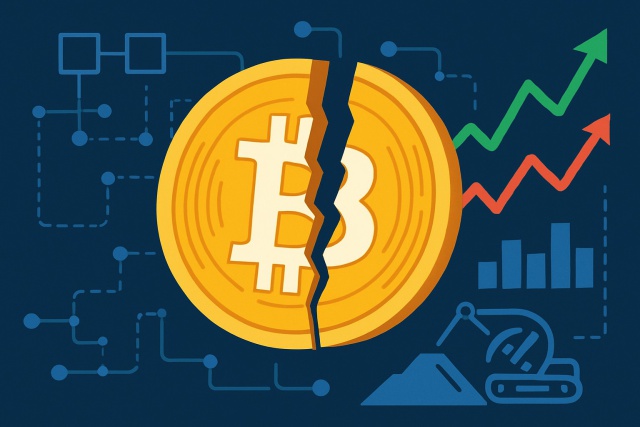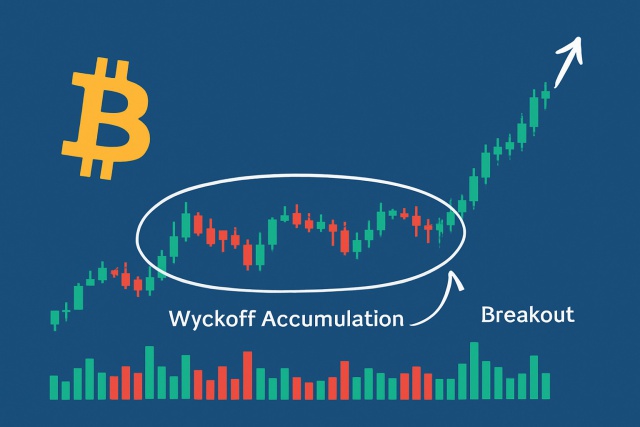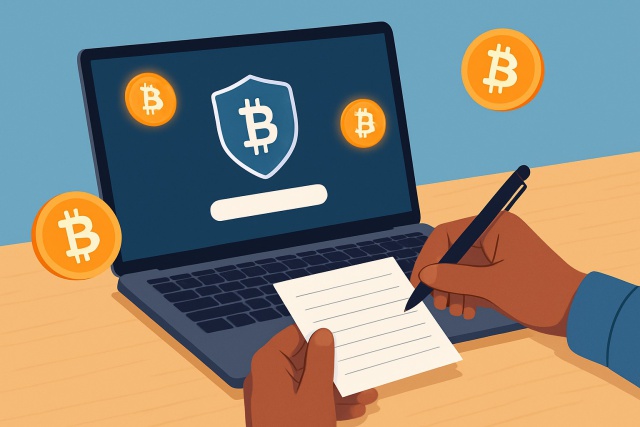Bitcoin Lightning Network Fees Explained Simply


The Bitcoin Lightning Network (LN) is a pretty neat layer built on top of Bitcoin aimed at making transactions not just faster but also lighter on the pocket. Fees are the unsung heroes here, quietly shaping how the LN works by influencing both the cost of transactions and how dependable the network feels.
What exactly does the Bitcoin Lightning Network do, anyway
The Lightning Network is a clever second-layer protocol built on top of Bitcoin that steps in to speed up transactions by taking them off the main blockchain. This nifty approach slashes fees and lightens congestion.
The Lightning Network works a bit like running a tab or setting up a private payment channel between two people. Instead of recording every single payment on Bitcoin's blockchain—imagine how clunky that would be—they keep track of transactions quietly in the background and only settle up the final balance when all is said and done.
Why Do Fees Even Exist on the Lightning Network?
Fees on the Lightning Network mainly serve to reward node operators for forwarding payments. They also play a key role in fending off spam transactions and help keep the network humming smoothly and reliably.
Bitcoin's on-chain fees can jump up quite a bit when the network gets busy, which can be a real headache. Lightning Network fees usually stay low and pretty predictable, making life a whole lot easier.
Fees You Can Expect on the Lightning Network What You Should Know
- Base fee is a fixed minimum charge on every payment no matter what.
- Fee rate or proportional fee is a small percentage taken from the payment amount. It is the piece of the pie that grows with your payment.
- On-chain transaction fees occur when payment channels open or close. They are like tolls paid when entering or leaving a highway.
- Routing fees are set by the nodes forwarding payments through the network. They get to set their own tolls along the way.
Each type of Lightning Network fee has its own part to play. The base fee is a tiny fixed charge per transaction just enough to keep the lights on. Proportional fees take a slice of the payment, so the bigger the payment the slightly bigger the fee. Then there are on-chain fees that pop up when users open or close channels because those moves require a Bitcoin transaction. Lastly, routing fees are how nodes get a pat on the back for forwarding payments across the network.
Understanding How Lightning Network Fees Really Work
Lightning Network fees consist of a base fee along with a variable fee that shifts depending on the payment size.
Nail down the exact payment amount you want to send—no wiggle room here.
Trace the path your payment will take through the maze of connected nodes.
Figure out the base fee each node along that route will slap on.
Throw in the fees that vary depending on your payment size, using each node’s specific rate.
Sum up all these charges to see the grand total Lightning Network fee for your transaction.
| Payment Amount (sats) | Base Fee per Node (sats) | Fee Rate per Node (%) | Number of Nodes | Total Fee (sats) |
|---|---|---|---|---|
| 1,000 | 1 | 0.1 | 3 | 4.3 |
| 10,000 | 1 | 0.1 | 3 | 13 |
| 50,000 | 1 | 0.1 | 3 | 55 |
| 100,000 | 1 | 0.1 | 3 | 106 |
Note: Each routing node chips in its own fee along the way, so the total cost stacks up as the payment hops through them.
What Are the Key Factors That Influence Lightning Network Fees?
- Whether channel liquidity is available between nodes can really make or break the routing fees you end up paying.
- When the network gets congested, fees have a knack for creeping up since finding the best payment paths turns into a bit of a challenge.
- Each node operator calls the shots on their own fee policies, based on their costs and personal game plan.
- Bigger payments often come with higher proportional fees, as you might expect.
- Routing through multiple hops usually adds up to a heftier total fee, so it’s worth keeping that in mind.
These factors don’t just influence the fees you are stuck with—they also affect how quickly your transaction clears. For example, when liquidity runs low or certain nodes raise their fees, your payment might cost a pretty penny or take the scenic route instead of the express lane.
How Lightning Network Fees Stack Up Against On-Chain Bitcoin Fees (and Why It Matters More Than You Might Think)
On-chain Bitcoin transactions often become pricey and sluggish when the demand spikes, simply because block space is limited and mining fees shoot up. Transactions on the Lightning Network usually cost a fraction of that and go through in the blink of an eye.
| Feature | Lightning Network | On-Chain Bitcoin |
|---|---|---|
| Typical Fee Size | Usually just a tiny fraction of a cent, sometimes a few cents if you’re lucky | Usually runs several dollars, depending on how busy the network is |
| Settlement Time | Lightning-fast—seconds or even milliseconds, blink and you’ll miss it | Around 10 minutes on average, so you’ve got just enough time to grab a coffee |
| Scalability | Can juggle millions of transactions per second without breaking a sweat | Capped by block size, roughly 7 transactions per second, which is a bit like rush hour traffic |
| Typical Use Cases | Perfect for small payments and everyday spending, like buying your morning coffee | More suited for bigger transfers and custody changes, where patience is a virtue |
Tips for Reducing Fees on the Lightning Network (Because Nobody Likes Paying More Than They Have To)
- Pick nodes that are well connected and have solid liquidity to make your routing easier and smoother.
- Open channels with reliable peers whose fee policies match what you are comfortable with because nobody wants unexpected charges.
- Consider using multi-path payments to split larger amounts across different routes since it is like not putting all your eggs in one basket.
- It is usually best to avoid very small payments because their fees can sometimes feel like paying extra for the hassle.
- Keep a close eye on fee rates and compare them regularly before sending payments so you stay one step ahead.
Following these handy tips can really help both newcomers and seasoned users keep their fees in check. Wallet tools usually do a pretty good job at sniffing out low-fee routes on their own.
Common Misunderstandings About Lightning Network Fees That Everyone Seems to Get Wrong
- Some people assume Lightning Network fees are fixed and always very high but they tend to be flexible and usually come much lower than on-chain fees.
- Then there are those who believe using LN is completely free but in reality nodes charge fees for routing to keep the system running smoothly.
- Many people think fees vary wildly and are unpredictable. However they actually follow straightforward rules even though the exact amount differs from node to node.
- It is often said that LN increases Bitcoin's overall fees. By moving transactions off-chain LN mostly helps reduce congestion and lowers those annoying on-chain costs.
It’s really important to clear up these misunderstandings so new users don’t end up scratching their heads when making choices. Lightning Network fees manage to strike a pretty neat balance between nudging nodes to participate and keeping those costs wallet-friendly for everyday users.
A Peek Ahead at How Lightning Network Fees Might Shift
The Bitcoin Lightning Network is constantly evolving with upgrades like sleeker routing and smarter liquidity management that make it better all the time. As more individuals jump on board a healthy bit of competition among nodes usually drives fees down, which is great news for users. Cool innovations like multi-path payments and watchtowers boost security and help keep fees in check, making life a little easier.

Frequently Asked Questions
How much do Lightning Network fees typically cost compared to on-chain Bitcoin fees?
Lightning Network fees are usually just a tiny speck compared to on-chain Bitcoin fees—often only a few satoshis per transaction. On-chain fees can skyrocket during busy periods, sometimes running up to several dollars. Lightning fees tend to stay low and steady, making them a real lifesaver for small, frequent payments you might make without giving it a second thought.
Can I avoid paying fees entirely on the Lightning Network?
Nope, fees are necessary to give node operators some incentive to keep the payment routes flowing. The fees are usually so low they barely make a dent and often stay under a cent. If you’re feeling clever, you can trim these fees further by choosing well-connected nodes, keeping your channel liquidity balanced, or splitting a big payment into several smaller chunks.
Why do some Lightning Network payments fail or require higher fees?
Payments might hit a snag if there isn’t enough liquidity spread across the channels, or when some nodes decide to up their fees. To avoid surprises, you can lean on wallets that automatically juggle fees for you, open channels with reliable peers you trust, or send payments through multiple routes to sidestep traffic jams in the network.
Do I need to pay fees when opening or closing a Lightning Network channel?
Yes, opening and closing a channel is essentially an on-chain Bitcoin transaction so the usual mining fees apply. But here’s the good news: once your channel is up and running, all Lightning transactions occur off-chain, racking up just minimal routing fees within the network—much easier on the pocket.
How do I check the fee for a specific Lightning Network payment before sending it?
Most Lightning wallets show you an estimated fee upfront before you hit send. This fee can swing based on how much you’re sending, how twisty the route is and what the individual nodes charge. If you’re curious, advanced users can peek under the hood and look up routes manually, but wallets do a neat job handling it all automatically.
Will Lightning Network fees decrease over time as the technology improves?
Chances are good that fees will go down. Ongoing improvements like smarter routing algorithms and better liquidity management are geared toward that goal. Plus, as more people jump on board, friendly competition between nodes should help keep fees wallet-friendly for everyday Bitcoin use.
Useful Links
Start Your Crypto Journey with Coinbase Today
Ready to enter the cryptocurrency market but unsure where to begin? Coinbase makes buying, selling, and storing digital assets simple and secure for beginners and experts alike.








